A Family and Nation under Fire
A Family and
Nation under Fire
The Civil War Letters and Journals
of William and Joseph Medill
Edited by Georgiann Baldino
THE KENT STATE UNIVERSITY PRESS

KENT, OHIO
Frontis: Major William H. Medill. (Courtesy Colonel
Robert R. McCormick Research Center)
2018 by Pearl Editions, LLC
All rights reserved
ISBN 978-1-60635-336-3
Manufactured in the United States of America
Cataloging information for this title is available at the Library of Congress.
22 21 20 19 18 5 4 3 2 1
Parents
William Medill (17921865)
Margaret Corbett Medill (18031889)
Siblings
Joseph H. Medill (18231899)
Katherine Patrick Medill (Kate), wife (18311894)
Katherine (Kitty), daughter (18531932)
Elinor (Nelly), daughter (18551933)
Josephine (Josie), daughter (18661892)
Jane A. Medill (18251847)
James C. Medill (18281864)
Hester Bradshaw Medill (Hetta), wife (18321907)
Mary E. Medill (18311917)
Infant Son (18331833)
William H. Medill (18351863)
Ellen (Nellie) Medill (18391881)
Samuel J. Medill (18411883)
Charles W. Medill (18441849)
The Medill family, like other Civil War correspondents, had idiosyncrasies. William wrote in haste and did not use consistent paragraphing. He overused capital letters and punctuation, which I changed to be more conventional. He abbreviated military titles, regiments, divisions, and brigades. If the meaning was clear, I left abbreviations as written. William consistently misspelled some commanders and individuals names; these were corrected to minimize confusion. If unfamiliar place names could be verified, these were corrected. If they could not be identified, places were left as originally written. In general, my edits are minor and intended to improve readability.
One impediment to readability is that William and other family members signed their names in multiple ways. Another is that family members often had similar names. Major William H. Medill was named after his father, William. In the correspondence, Major Medill is identified as W. H., Will, William, and even Bill. To minimize confusion, I consistently refer to him as William. Williams sister-in-law, Katherine Patrick Medill, is referred to as Kate. One of Williams sisters was named Ellen but nicknamed Nellie. The nieces in the third generation were Kitty and Nelly. To help readers identify characters, a family tree, including nicknames, is provided as front matter. To clarify letters, appositives such as father and brother in-law were added to identify individuals. I also added the names of letter writers and letter recipients, included letterhead information, and edited letterhead dates and locations to eliminate writers variations and make the letters more accessible.
Only a handful of envelopes were saved, but most letters had clear salutations. If salutations or the first pages were missing, familiarity with the family tree or the content of the letter established the recipient. Even after correspondence was combined from all sources, a few gaps existed. Thus, in a couple instances, missing content made it impossible to determine the recipients. I assume full responsibility for any mistakes dating and placing letters that have partial dates or no dates. It is fortunate that the content has been preserved so well for more than 150 years, and I appreciate the generations who served as caretakers of the Medill papers.
GEORGIANN BALDINO
December 21, 2016
I have toured the McCormick Mansion and Cantigny Park in Wheaton, Illinois, many times over the years, always enjoying the five-hundred-acre site, breathtaking gardens, education center, and museums. Cantigny tour guides tell fascinating stories about Col. Robert R. McCormick, his World War I military career, marriages, and professional achievements. A highlight of the thirty-five-room McCormick mansion is Freedom Hall, named to honor freedom of speech and freedom of the press. It houses an extensive collection of books, weaponry, and family portraits. The portrait of Robert McCormick dominates the room, but a fascination for the American Civil War drew me toward the portrait of William Medill, wearing a Union majors uniform. The tour guide, however, couldnt answer all the questions I had about William. To learn more, I attended a lecture about the Medills and read available books about the family.
Maj. William Medill was related to Robert McCormick by marriageWilliam was his wifes uncleat first glance a connection that is outside Cantignys mission. The Colonel Robert R. McCormick Research Center, Military Library, Military Archives, McCormick Archives, and Research Center focus on the U.S. Army 1st Infantry Division from 1917 to the present, providing information to individuals and researchers wanting to know about Americas military heritage, and yet Williams portrait is displayed in a place of honor. The first reason for this I discovered was his service in the Eighth Regiment Illinois Volunteer Cavalry, the only Illinois cavalry regiment to serve the Army of the Potomac throughout the Civil War. Another contributing factor was his heroism. William suffered a mortal wound in the aftermath of the Battle of Gettysburg. Because of my previous work on Civil War books and articles, I realized Williams service was significant.
Diane Gutenkauf, McCormick Museum director, sent me the Research Centers finding aid, outlining their material. Eric Gillespie, director of research at the First Division Museum, made the boxes from the Civil War available in their reading room. Inside I found original Medill family correspondence, typed transcripts, photographs, journals, copies of articles published to commemorate significant Civil War battles, as well as biographical information.
It took two days to photograph documents, dated during the Civil War. The more I read the more intrigued I became. The wartime correspondence fleshed out family portraits, added images of army life, corrected newspaper reports of the era, and explained the ideology that prompted William to endure catastrophic eventsa poignant story of a soldier who fought to maintain the Union at great personal cost. It took months to transcribe the documents, but in the end they revealed a remarkable human drama. Modern readers will find it hard to imagine what Civil War soldiers and families were called upon to endure. Williams two-year enlistment was one of perseverance and dedication.




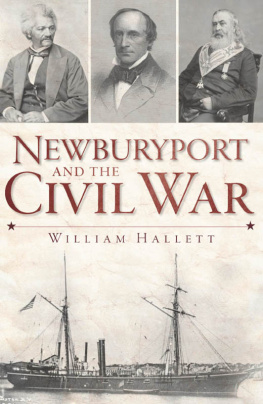
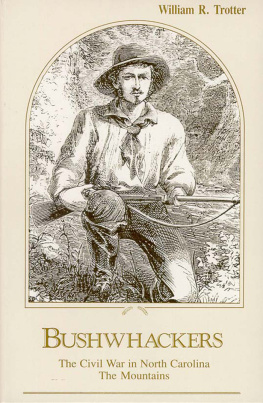
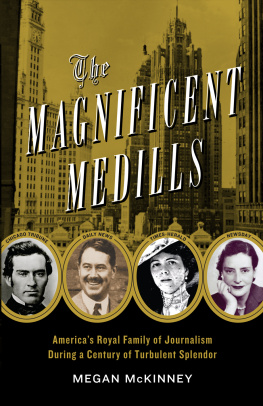
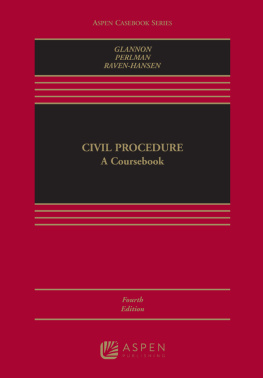
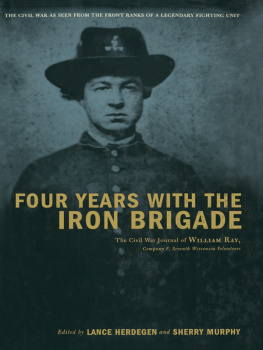
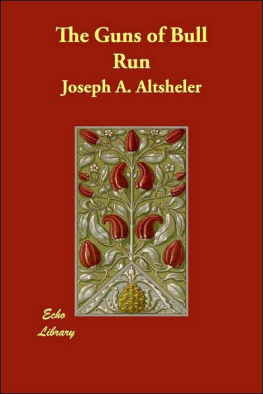




 KENT, OHIO
KENT, OHIO


